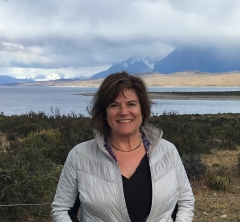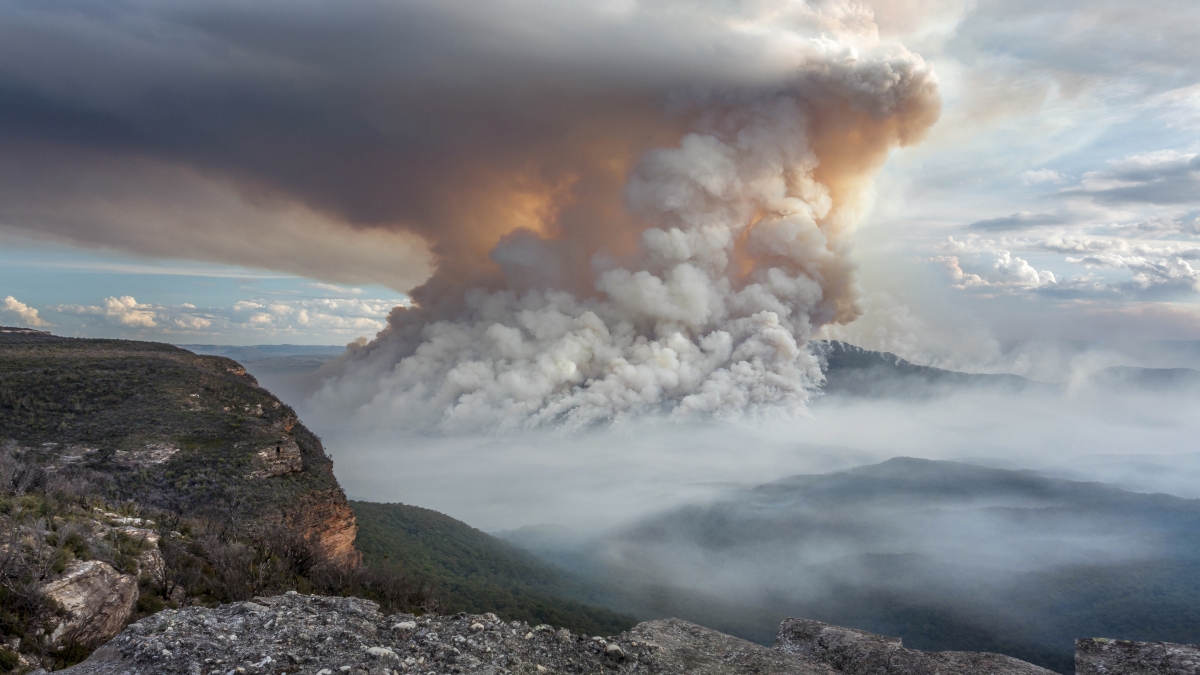Extreme climate events are severely affecting communities in the U.S. and around the world. The examples are plenty. Australia is currently burning on a scale never seen before — 14.5 million acres scorched, half a billion animals killed and hundreds of thousands of people displaced. Hundreds of fires are still burning out of control.
California has seen an increase in deadly wildfires such as the Camp Fire in 2018, which became one of the world’s most expensive natural disasters and California’s most destructive — killing 88 people and destroying nearly 18,000 structures.
Flooding on both U.S. coasts and inland has grown due to extreme weather events and sea-level rise. Deadly hurricanes including Harvey, Maria and Sandy have caused irreparable damage to the communities they encountered.
“The overall challenge is that cities, in particular, are experiencing and will experience an increase in the frequency and magnitude of extreme events,” said Arizona State University Regents Professor Nancy Grimm. “So, fires, heat waves, flooding, coastal flooding, droughts and so forth — most of these are weather-related events, and whether or not you can attribute any single one of them to climate change, we’re going to see more of them and they are going to be more severe.”
This presents huge challenges for cities and the people who live there because many urban communities exist along coastal areas and rivers or in drylands. Infrastructure such as powerlines, water supplies and roads are concentrated in urban areas, making them even more vulnerable to extreme events.
That’s why Grimm, a professor in ASU’s School of Life Sciences, is leading an international effort to develop new solutions for urban resilience — solutions that take advantage of the benefits that nature can provide. As part of a new, five-year, $2M dollar grant funded by the National Science Foundation, Grimm, along with co-principal investigator Timon McPhearson, director of the Urban Systems Lab at The New School in New York, will be crafting new ways to connect networks around the world that are working to create sustainable and resilient cities.

Regents Professor Nancy Grimm is working to develop nature-based solutions for urban resilience to extreme climate events. Photo courtesy Nancy Grimm
“We are developing NATURA, which is an international network of networks. I will focus particularly on the international work in Europe, China, Australia and Africa,” McPhearson said. “NATURA, which stands for ‘Nature-based solutions for Urban Resilience in the Anthropocene,’ will link early-career scholars and practitioners who are working on solutions for climate change resilience around the world. We will create opportunities to share knowledge from one region or city with another.” Grimm will lead the North American node, while co-principal investigator Elizabeth Cook of Barnard College will lead the Latin American node.
According to McPhearson, one of the main challenges will be that these networks will have their own goals, challenges and missions. Initially, the team will bring the core networks together to brainstorm where interests and expertise can be aligned. Then, working groups will be created that will be tasked with digging more deeply into specific areas.
Grimm said much of NATURA’s framework will be focused on merging ecological, social and technological solutions to extreme climate issues. “This framework grew from our work in the Urban Resilience to Extremes Sustainability Research Network (UREx SRN),” Grimm said. UREx SRN, co-directed by Grimm and ASU sustainability Professor Charles Redman, is the founding network for NATURA.
“Often, nature-based solutions are thought of as being strictly ecological, but they are always going to have technological and social elements,” Grimm said. Additionally, solutions that might work in one part of the world or one part of the country, would not be appropriate for others. “We have different extreme event challenges. For example, here in Arizona, we would think about extreme heat and flooding. In New York, we think about sea-level rise compounded with coastal storms. And how we think about applying nature-based solutions in a massive slum that might have 20% of the population in a large city in Africa, for example, is totally different than adding green infrastructure in Portland, Oregon.”
McPhearson said one of the biggest challenges for implementing nature-based solutions is that climate change is ramping up quickly.
“If nations meet their targets under the Paris Agreement, we are still on track for a much warmer world — potentially 3 degrees Celsius or warmer,” he said. “That poses dramatic and even existential challenges for cities from rising temperatures, sea-level rise and coastal storms, and changing rainfall patterns that produce drought and extreme flooding. Nature-based solutions are not being implemented at the scale of the challenge we face currently, nor the coming future of climate-driven extreme events. It’s critical to advance our scientific understanding of just how effective nature-based solutions may or may not be.”
The NATURA project includes 26 networks across five global regions. The researchers will develop an online database to coordinate information exchange and build the data and informatics for cross-city comparisons. This will be a key tool for both individuals and groups of researchers to contribute to the project.
This research is funded by National Science Foundation grants #1927468 and #1927167 totaling $2 million. Participating networks include: African Centre for Cities; BiophilicCities; Centre for Urban Transitions; Connecting Nature; Research Center for Eco-Environmental Sciences Chinese Academy of Sciences; European Forum on Urban Forestry; European Long-Term Ecological Research network (eLTER); Enable; Envision; Future Earth; The International Union for Conservation of Nature (IUCN); National Capital Project; Naturvation; International LTER network (ILTER); The UNESCO Chair on Sustainability; The UNESCO European Regional Centre for Ecohydrology; The Nature of Cities; The Nature Conservancy; Urban Sustainability Directors Network; U.S. LTER Network; Urban Water Innovation Network Sustainability Research Network (UWIN SRN); The Urban Resilience to Extremes SRN; VIVA-PLAN; ICLEI- Local Governments for Sustainability; and RECNET.
Top photo: Fire burns out of control in Australia. Photo by Getty Images
More Science and technology

ASU-led space telescope is ready to fly
The Star Planet Activity Research CubeSat, or SPARCS, a small space telescope that will monitor the flares and sunspot activity of low-mass stars, has now passed its pre-shipment review by NASA.…

ASU at the heart of the state's revitalized microelectronics industry
A stronger local economy, more reliable technology, and a future where our computers and devices do the impossible: that’s the transformation ASU is driving through its microelectronics research…

Breakthrough copper alloy achieves unprecedented high-temperature performance
A team of researchers from Arizona State University, the U.S. Army Research Laboratory, Lehigh University and Louisiana State University has developed a groundbreaking high-temperature copper alloy…


